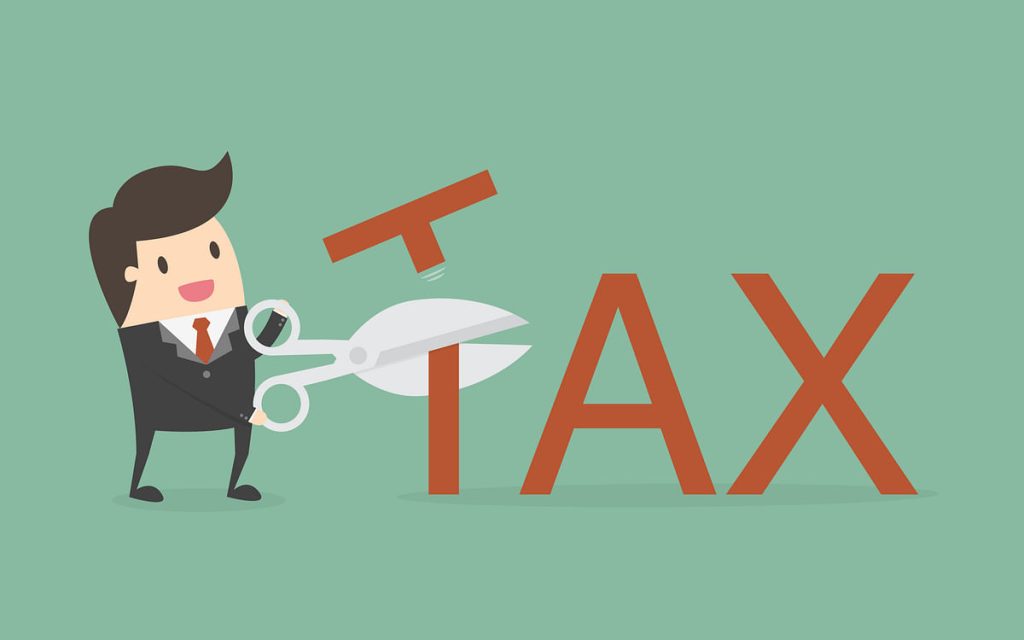One of the common experiences for taxpayers is that they face Tax Deducted at Source on various investments. This is especially true for areas like interest and dividends, where there is a TDS after the income crosses the threshold limit. This can be a source of concern for those who do not have taxable income and hence, would need to claim back the amount as refunds from the tax department.
There is, however, an option available to submit Form 15G or 15H and avoid the TDS. Here is how to go about the entire process.
There is a specific limit after which the income earned from a particular source will be subject to TDS. This is different for various types of income, and sometimes the limit is also different based on the kind of taxpayer bracket you fall under.
For example, the threshold limit for dividend income is Rs 5,000, after which the TDS will be done. When it comes to interest from a bank, the limit is Rs 40,000 for a normal individual, but for a senior citizen this goes up to Rs 50,000. This threshold limit is important as the TDS will start after the limit is breached, and this will be applicable to everyone.
There are several people who might not have taxable income during the year.
A lot of them are senior citizens, as they might not have much income in their names, but they would have some investments that are present. At the same time, this category would also cover housewives who might not have a regular income, but might have saved some money that they have invested. Some individuals might find themselves temporarily in this category, and this can be those who are taking a break from work for a short period of time.
The problem for these people is that if they face TDS, then the money will come back to them only after the financial year is complete, and the return is filed and is processed. This could turn out to be quite long and hence, there is a need to ensure that the entire process of TDS is not done at all, so that this trouble is avoided.
The first thing to understand is which Form can be used by which category of people. The forms that have to be used to ensure that there is no TDS are Forms 15G and 15H. This form ensures that if an individual does not have taxable income, they can make sure that the TDS is not paid.
Form 15G is for people who are below 60 years of age and they can use this form. While, Form 15H is for those who are senior citizens, which means that they are above 60 years of age.
The important thing to note is that the form has to be submitted to the entity that is going to deduct the tax. The main thing is that the individual’s income for the year has to be below the basic exemption limit and that the tax on this should be nil. If there is even a small amount of tax to be paid on the income, then this form cannot be submitted.
There are several details that are important when this form is being submitted. This form has to be submitted each year, so if there was one submitted last year, then this would not be valid for the current financial year. Hence, a new one for the current financial year has to be submitted.
The other thing is that for fixed deposits, this has to be submitted at the branch where the deposit is present. For the dividend aspect, it has to be given to the registrar, and in most cases, the registrar will send an email to the shareholders, before the dividend is paid, mentioning the manner in which this can be submitted.
At some places, it is also possible to submit the form online; otherwise, it has to be given physically. The Permanent Account Number has to be mentioned in the form, and at the same time, the details about the income and the investment have to be mentioned in the form. Correctly completing the form is a vital part of completing this entire process.
Arnav Pandya is founder Moneyeduschool
The views expressed here are those of the author, and do not necessarily represent the views of BQ Prime or its editorial team.
